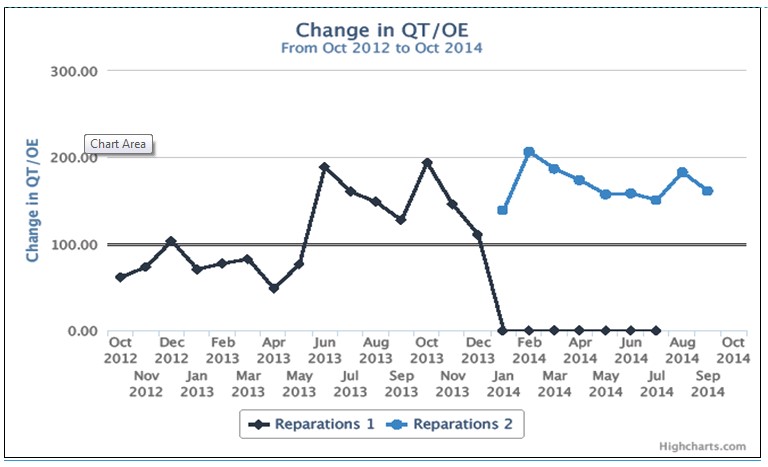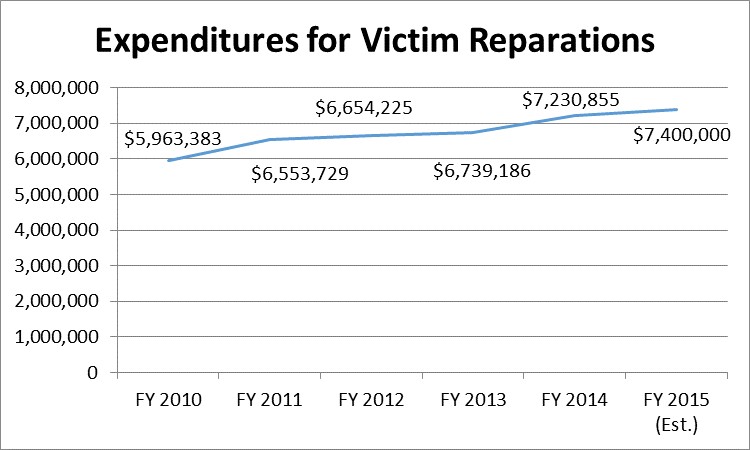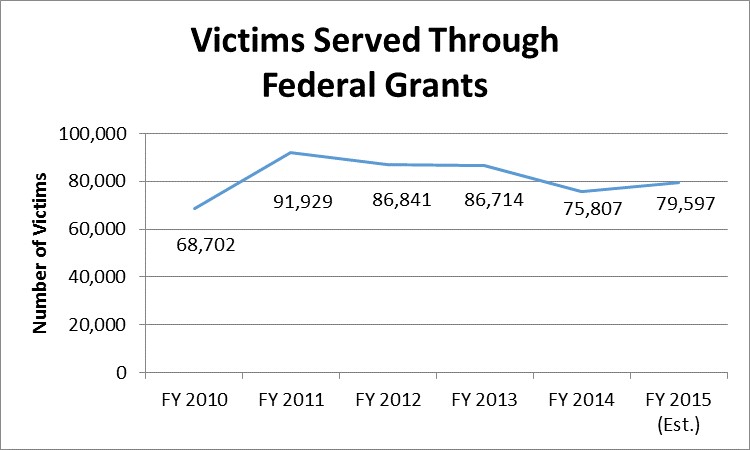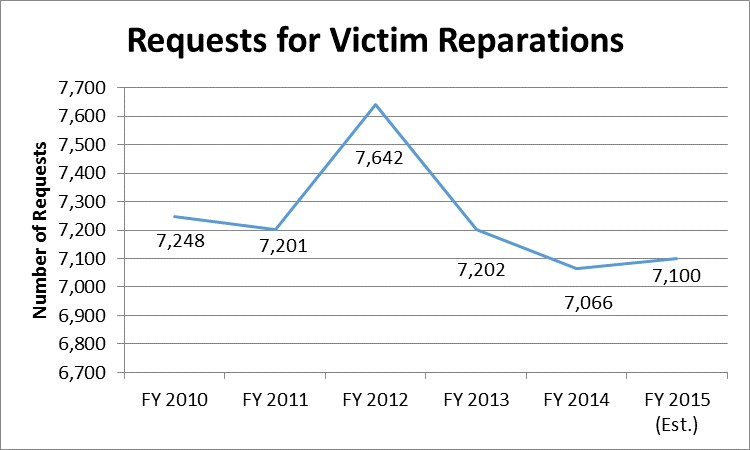The Utah Office for Victims of Crime (UOVC) carries out its mission in four ways:
- Financial Assistance to Victims of Violent Crime. UOVC provides staffing assistance to the council that disburses financial assistance.
- Federal Grants that Serve Victims of Crime. The Victim of Crime Act (VOCA) grant is sub-awarded to state and local government agencies and non-profit organizations providing direct services such as victim advocacy, crisis intervention, assistance with protective orders, and counseling services. The Violence Against Women Act (VAWA) grant encourages enhancement of effective strategies to improve the system's response to violence against women.
- Sponsorship of the Utah Victim Assistance Academy. The Utah Victim Assistance Academy is a week-long training for victim assistance providers, law enforcement officers, and other criminal justice professionals, providing the fundamental knowledge and skills needed to effectively work with victims of crime. The academy is funded through a federal grant. UOVC further provides statewide training on current trends and issues relevant to victim advocacy through the Statewide Association of Victim Advocates (SWAVO).
- Utah Council on Victims of Crime. UOVC provides staffing assistance to the council and administers the contract for the Victim Information and Notification Everyday (VINE) program, which operates presently in all twenty-six county jails and the Utah State Prison. Notifications to victims through the VINE network totaled 69,548 in FY 2014.
During the 2015 General Session, the Legislature appropriated for Fiscal Year 2016, $23,047,100 from all sources for Utah Office for Victims of Crime. This is a 177.3 percent increase from Fiscal Year 2015 revised estimated amounts from all sources. The total includes $0 from the General/Education Funds, a reduction of 100 percent from revised Fiscal Year 2015 estimates.
In addition to statewide compensation and internal service fund cost increases, the following appropriation adjustments were made during the 2015 General Session:
Change in QT/OE
The Office for Victims of Crimes measures the time required to process new claims from application to determination and previously tracked the percent of claims processed within 45 days. In May of 2013, the office launched the Governor's SUCCESS plan to increase production by 25% over the next 4 years. The office has already exceeded that goal by more than double, by sustaining an average of greater than 95% of claims processed in 45 days or fewer for the past year. In January 2014, the office decreased the target number of processing days to 30. The new measure includes claims processed within 30 days. The graph represents QT/OE, a measure of the quantity of services rendered (or units produced) per unit of input. Output is defined by both the quality (Q) and quantity (or throughput) of productivity (T). Operating expenses (OE) describe input. In terms of the Governor's challenge to improve state operations by 25%, the goal is to increase quality (Q) and throughput (T) per dollar expended (OE).

Expenditures for Victim Reparations
This measure represents the workload of the UOVC. It shows the amount of money paid to victims from the Crime Victims Reparations Account.

Victims Served Through Federal Grants
This measure represents the workload of the UOVC. It shows the amount of project activity resulting from federal grant funding.

Requests for Victim Reparations
This measure represents the workload of the UOVC. It shows the number of requests for victim reparations from the Crime Victims Reparations Account.

Statutory authority for this program is located in UCA 63M Chapter 7 Part 5, "Utah Office for Victims of Crime."
No state tax dollars are used to fund the Crime Victim Reparations program. During the 2012 General Session an exception to this was made by the Legislature through a one-time General Fund appropriation of $150,000. The following intent language accompanied the $150,000 appropriation:
The Legislature intends that $150,000 for FY 2013 and FY 2014 of one-time funds provided for services of victims of sexual violence with appropriations provided for two year service grants within the Commission on Criminal and Juvenile Justice. The Legislature further intends that the Commission on Criminal and Juvenile Justice will report back to the Legislative Appropriations Committee with performance measures.
Expenditures from the Crime Victim Reparations Fund may include reparations for victims, funding for other victim services, and administrative costs for the UOVC.
Special Funds
Crime Victim Reparations Fund. A restricted special revenue fund, meaning it does not require an appropriation for most expenditures. However, the office historically seeks appropriations for expenditures on program administration.
COBI contains unaudited data as presented to the Legislature by state agencies at the time of publication. For audited financial data see the State of Utah's Comprehensive Annual Financial Reports.